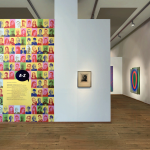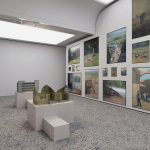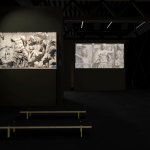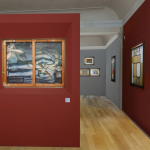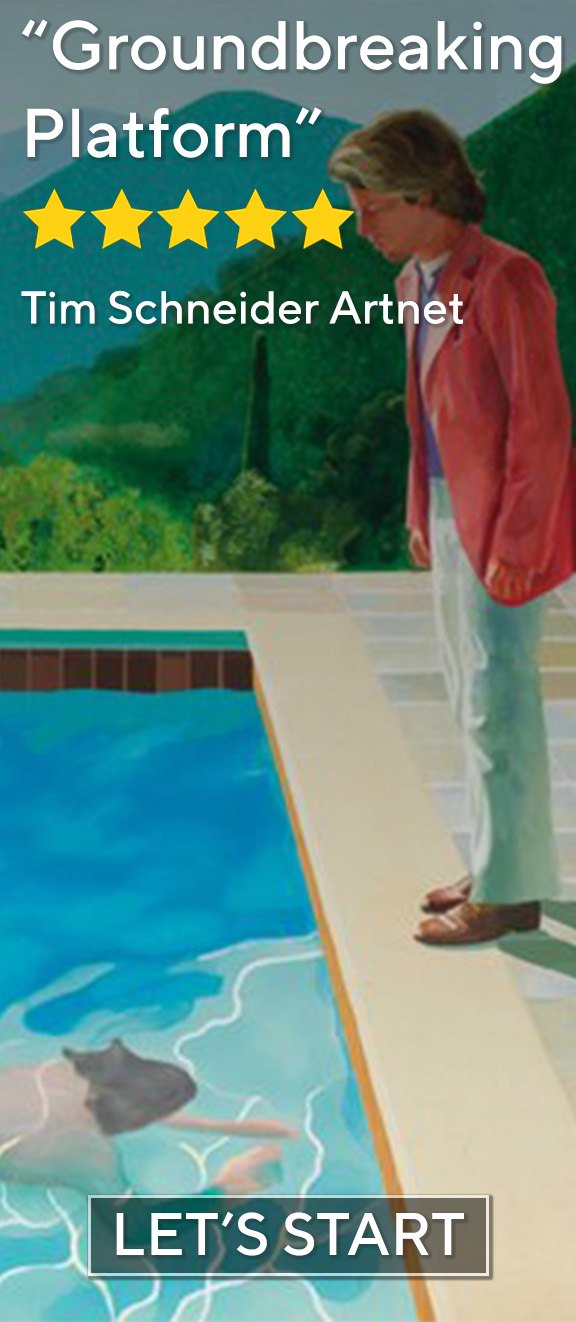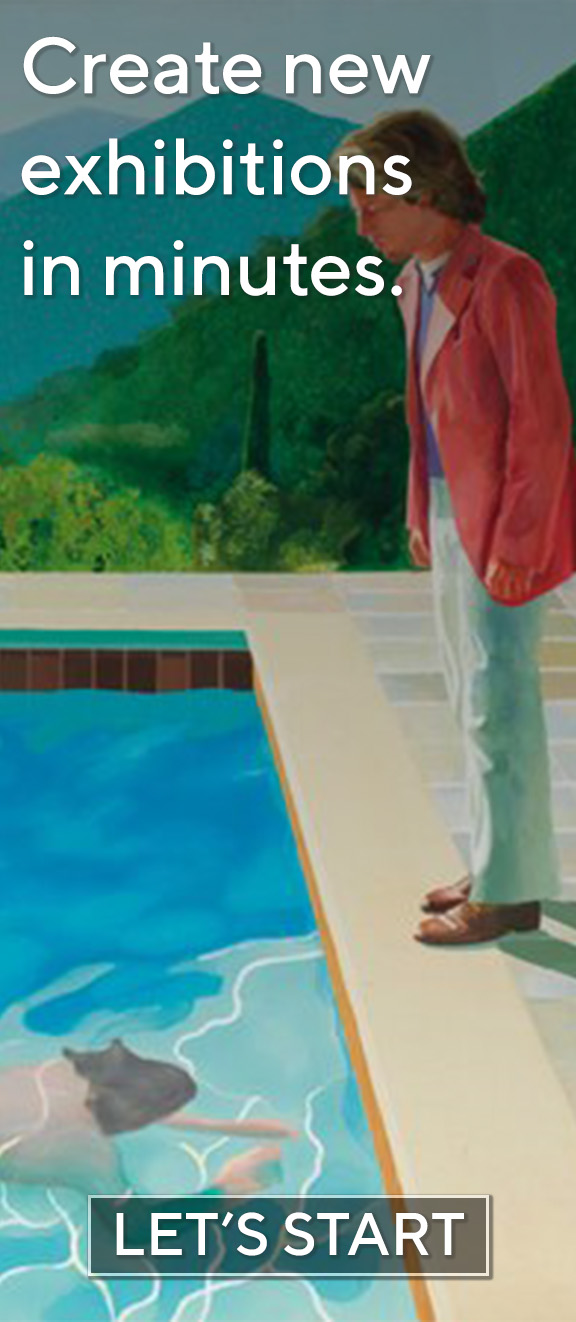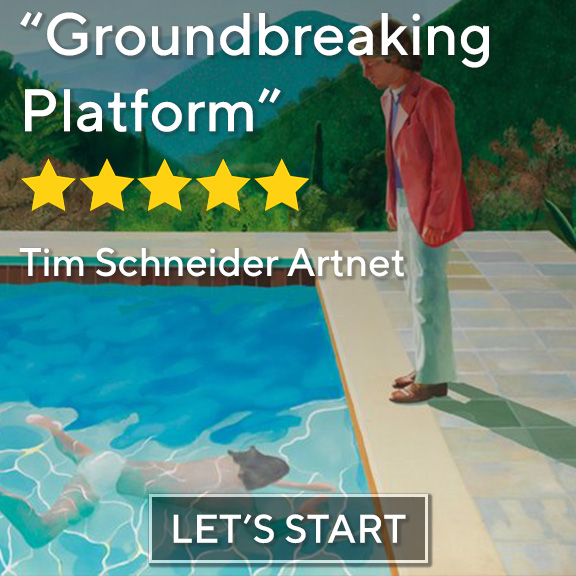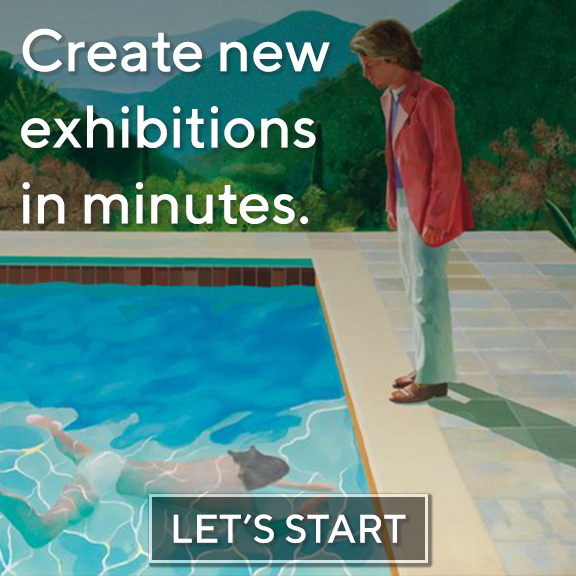“Friend“ was on view from December 14, 2024 until January 19, 2025 at Ki Smith Gallery, New York.
In an era where contemporary art often feels untethered from its historical foundations, “Friend (A Survey of Op Art & Minimalism)” in Support of Sentebale at Ki Smith Gallery offers a rare and compelling convergence of past and present. Curated as both homage and continuation, this exhibition presents a lineage of artistic innovation through works by pioneers like Tadaaki Kuwayama, Agnes Martin, Bridget Riley, and Frank Stella, alongside contemporary practitioners such as Sono Kuwayama, Dylan Reitz-Cruz, and Sang Eun. The show not only traces aesthetic and conceptual echoes across decades but also underscores how minimalism and optical art remain vital frameworks for exploring perception, materiality, and spatial awareness.
The featured artists of “Friend” represent a continuum of inquiry into abstraction’s potential to evoke inner experience and physical sensation. Tadaaki Kuwayama, whose monochromatic metallic panels helped define American Minimalism, is represented by textured, geometric compositions that invite contemplation of space and light. Agnes Martin, though often associated with Abstract Expressionism, contributed to the evolution of minimalism through her serene grid paintings that fuse emotional resonance with structural clarity. Bridget Riley’s optical experiments and Frank Stella’s sculptural reliefs further expand the exhibition’s scope, bridging formal rigor with perceptual playfulness
On the contemporary side, Sono Kuwayama—daughter of Tadaaki—continues her family’s legacy with organic materials and poetic sensibilities, while Dylan Reitz-Cruz merges natural textures with process-based papermaking. Sang Eun’s photographs reinterpret landscape as an internalized experience, and Richard Hambleton’s later “Beautiful Paintings” reveal a surprising shift toward luminous abstraction after his provocative street art beginnings.
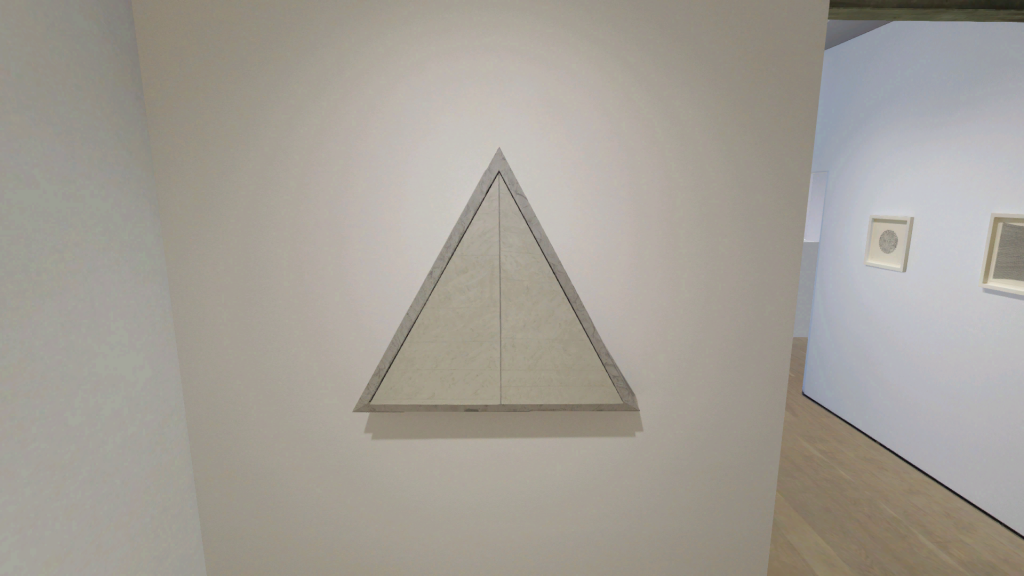
Tadaaki Kuwayama’s “TK2136-85″ (1985) stands as a quiet monument to minimalism’s enduring power. Rendered in metallic oil on panel, its triangular form appears almost stone-like yet shimmers subtly under gallery lighting. The work’s orientation—pointing upward—suggests aspiration or spiritual elevation, while the seam bisecting the composition introduces a subtle tension. Kuwayama’s emphasis on perception over narrative allows viewers to project their own meaning onto the piece, aligning with his stated goal of creating “pure art” that embodies “nothingness.”
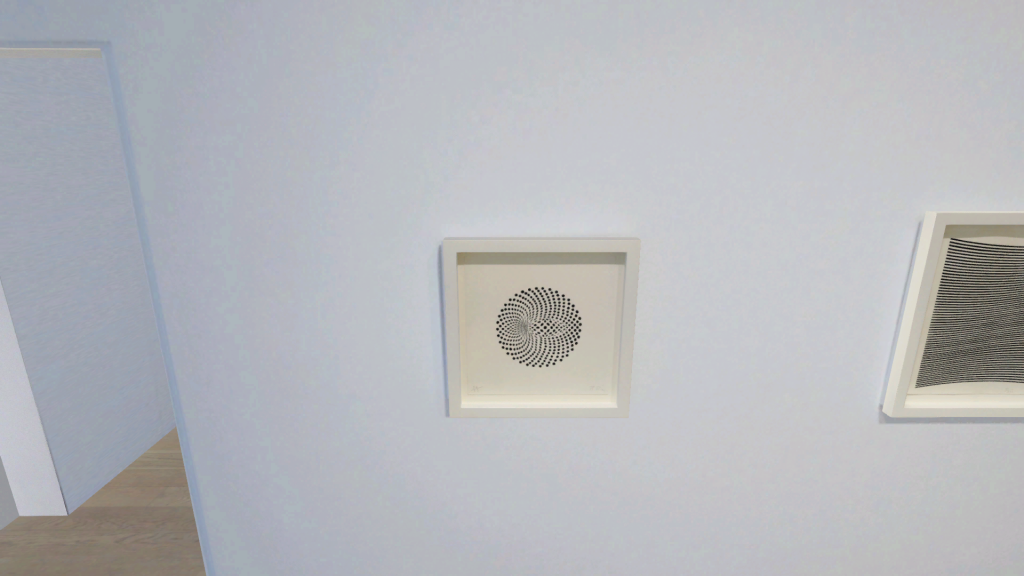
Bridget Riley’s “Untitled (Circular Movement)” (1965), a screen print of concentric black dots on a cream background, exemplifies Op Art’s capacity to activate vision itself. The spiraling design generates a hypnotic pull, drawing the viewer’s eye inward toward a central void. Unlike Kuwayama’s stillness, Riley’s work pulses with kinetic energy, embodying her assertion that she sought to understand visual sensations “by standing the problem on its head.” This piece distills Op Art’s fascination with illusion and movement into a single, elegant gesture.

Dylan Reitz-Cruz’s “Easy Unease” (2020), made from handmade paper layered into undulating forms, reflects a contemporary reimagining of minimalist aesthetics. Its pale topography suggests landscapes seen from above or geological strata revealed through erosion. The work’s neutrality of color and texture invites prolonged looking, mirroring the meditative focus of earlier minimalist practices while introducing a tactile dimension absent in much of the movement’s early output.
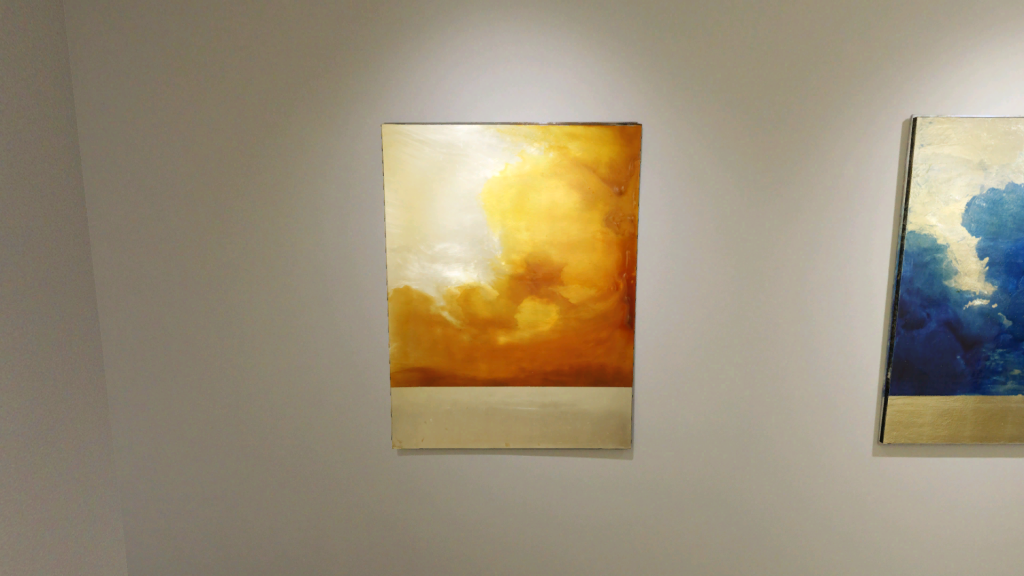
Finally, Richard Hambleton’s “Magdalena” (2007) represents a departure from the artist’s infamous “Shadowman” street works. This abstract painting features soft gradients of orange, white, and gray that suggest dawn breaking over water. The lower band of silver leaf acts as a reflective horizon line, grounding the ethereal upper portion. Hambleton’s luminous surfaces recall 19th-century Luminist painting, yet his poetic hallucination of nature resonates deeply within the context of “Friend“, offering a bridge between street intervention and gallery-bound introspection.
Friend creates a dialogue between legendary artists on the gallery’s ground floor and their successors shown downstairs.
Beyond its artistic merits, “Friend” carries profound personal and philanthropic significance. Conceived by gallerist Ki Smith as a tribute to his grandfather Tadaaki Kuwayama and mentor Frank Stella, the exhibition also serves as a fundraiser for Sentebale—a charity dedicated to youth empowerment in Lesotho and Botswana. This dual function—as both art historical survey and humanitarian gesture—elevates the show beyond typical gallery fare. It becomes a testament to the idea that friendship, interdependence, and legacy are not only themes within the artworks but guiding principles of the exhibition itself.


